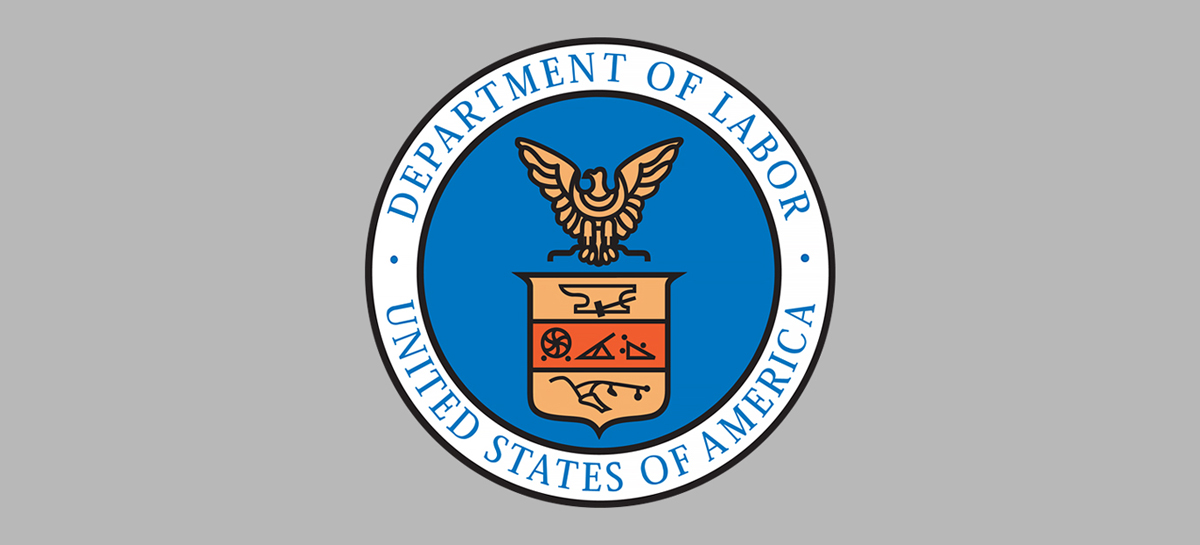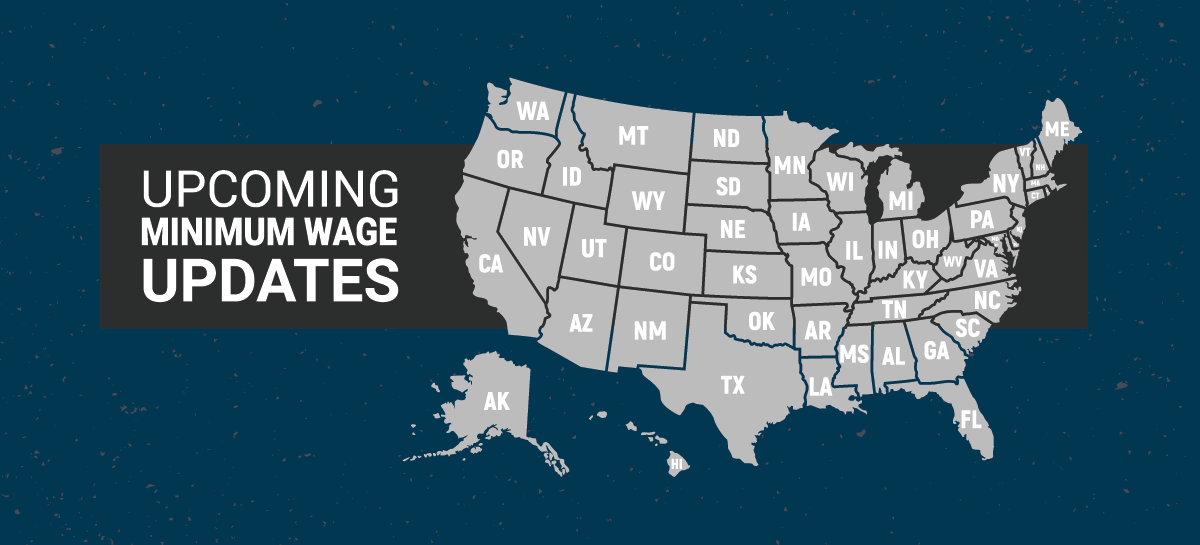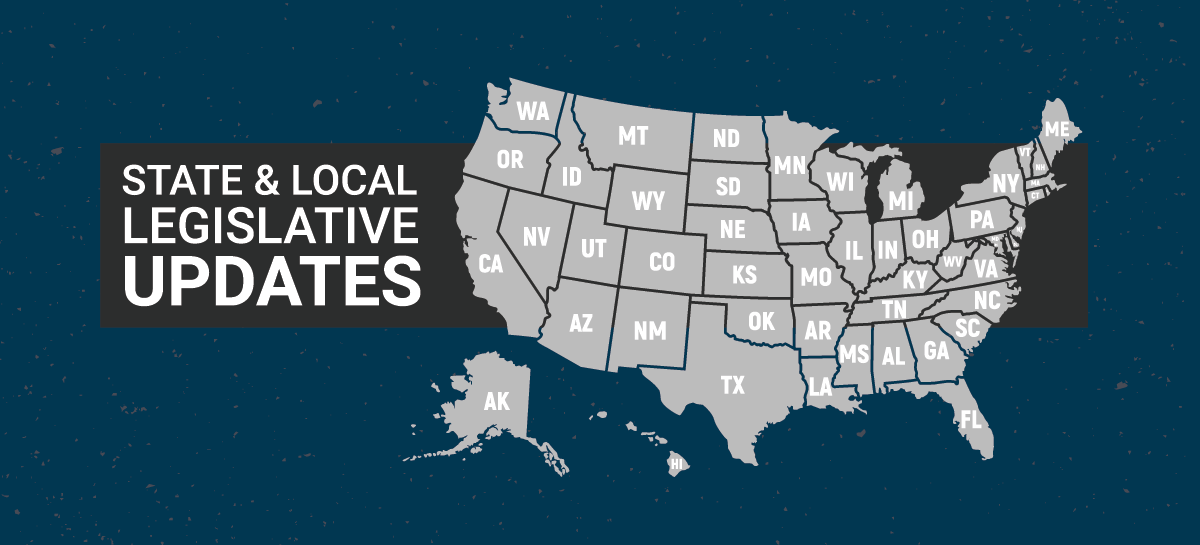
Effective for plan years beginning on or after Jan. 1, 2023, group health plans and health insurance issuers must make an internet-based price comparison tool available to participants, beneficiaries and enrollees. This requirement comes from final rules regarding transparency in coverage (TiC Final Rules) that were issued by the Departments of Labor, Health and Human Services and the Treasury (Departments) in November 2020.
According to the Departments, this tool will provide consumers with real-time estimates of their cost-sharing liability from different providers for covered items and services, including prescription drugs, so they can shop and compare prices before receiving care.








